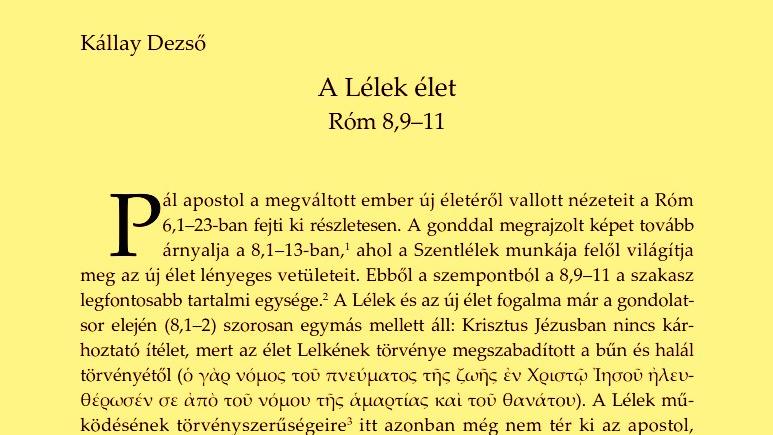A kézdi egyházmegye tanítóinak fizetése 1780 és 1784 között
A Református Főkonzisztórium kérésére a kézdi egyházmegye is összeállította az 1780 és 17847 közötti időszak mesteri jövedelmeit. A konskripciót az előre megadott minta alapján latinul állították össze. Az iskolai felmérésekben első helyen az iskolába járó fiúk és lányok számát közlik, külön megjegyezve azt, ha volt a településen olyan gyermek, akit a tanító ingyen tanított.
